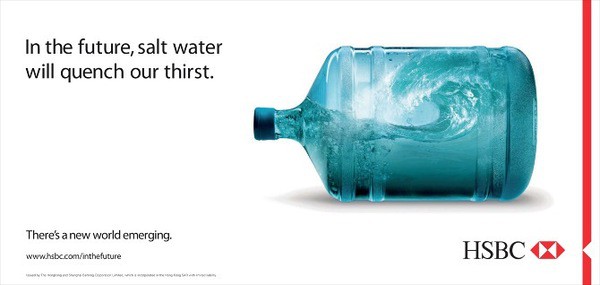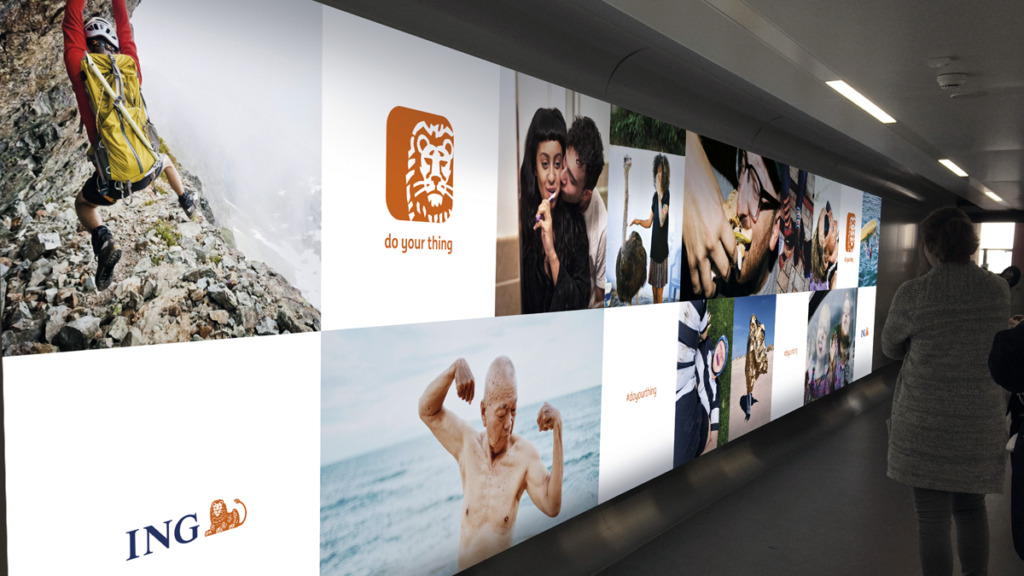Sustainability and ESG communications are becoming an increasing presence across companies large and small. Executive teams are identifying key issues through strategy sessions and a materiality assessment.
If gaps are noted, stakeholders are taking proactive action including the development of policies and programs that focus on workforce diversity, environmental impact, and corporate responsibility.
Although these initiatives began with a fundamental understanding of what is important to both internal and external stakeholders, the form of the design will likely dictate the functionality of the message. Companies are increasingly using communication design to engage and enrich their audiences. From employees and C-level executives to investors and customers, communication design brings corporate initiatives to life.
For companies that integrate sustainability and ESG into their business practice, communication design facilitates the implementation of these initiatives.
Design at its core is human-centered. With a company’s lexicon being complex at times, design touches on the humanistic visuals to help capture key concepts to elicit an emotional response by the designated audience. Designing sustainable and ESG initiatives helps develop clarity with a clean aesthetic to increase viability for adoption.
Victor Papenek contributed extensively to the field of design as a contemporary author and arbiter. Although his views focused on how design can be used as a tool for political transformation, his ideas encompass the need for design in today’s evolution in sustainability and ESG. “In this age of mass production when everything must be planned and designed, design has become the most powerful tool with which man shapes his tools and environments.”
The level of design brings one facet to the mix. Other factors embody the form. What pieces of marketing content are being developed? How are we conveying this content to our stakeholders?
With data proof points as a fundamental element to sustainability and ESG communications, information design plays a key role in conveying the initiative. Combined with a compelling narrative, pieces of content help substantiate a company’s contributions. Applied to sustainability and ESG, information design can take the form of:
- Bite-sized information: infographics, featured videos, Q&A interviews
- Educational information: guides, facts sheets, polices, programs
- Curated information: blogs, webinars, reports
Distribution tactics for these pieces of content can vary. Depending on the industry and audience, marketing departments can leverage compelling content to reach their stakeholders in different ways.
Digital distribution, for example, may include an online flipbook for an annual Sustainability Report, a social media calendar with featured graphics, a spotlight video to bring a key leader to focus, along with blog content to drive organic traffic to the website. Integrated marketing campaigns can optimize multiple channels to bring these narratives to life. Impactful campaigns that we’ve seen throughout the years include:
Example 1: Video campaign by Apple

Example 2: Poster campaign by HSBC

Example 3: Integrated marketing campaign by ING
We’ve seen the power of communication design in sustainability and ESG.
In lieu of the traditional Word documents or text-only branding, compelling communications can help drive the success of these initiatives.
From policies and programs to reports and proof points, communication design brings emotion and impact to attract and engage stakeholders. Internally and externally the narrative must be consistently communicated with intentional graphics and cohesive branding elements. As companies work to enhance their efforts and disclosures in sustainability and ESG, design will play an active role in demonstrating credibility and attractiveness today, and in the years to come.




